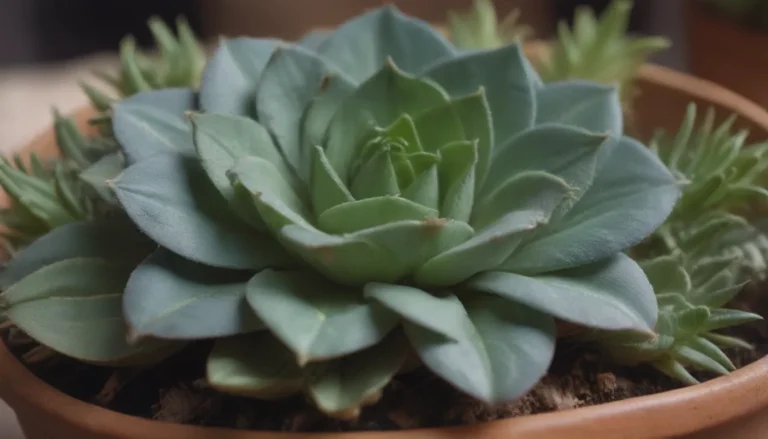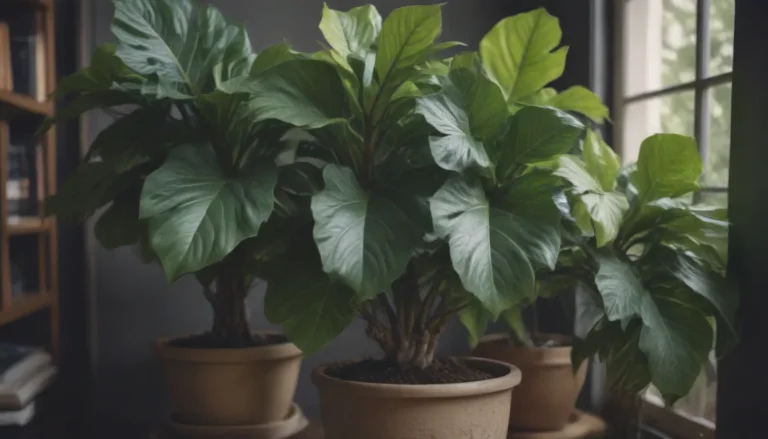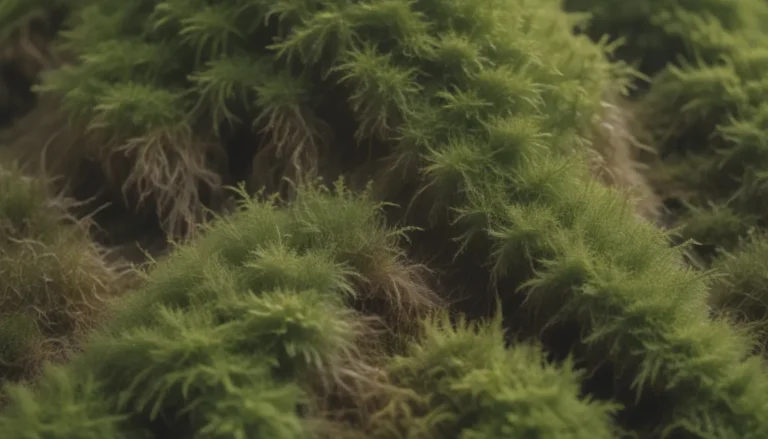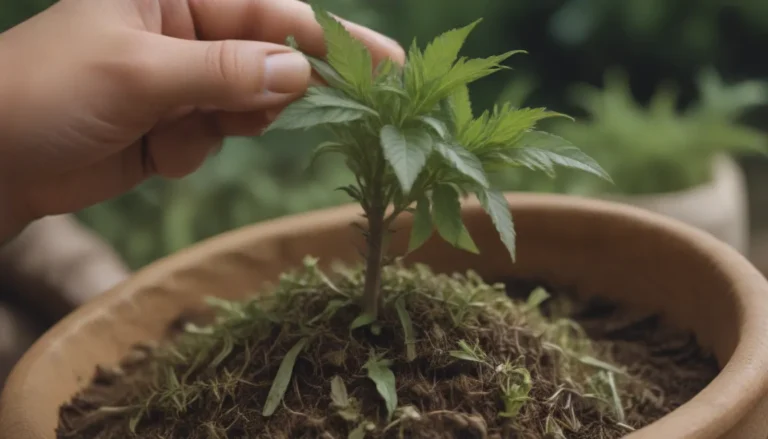The Vibrant Beauty of Flame Azaleas: A Comprehensive Guide to Growing and Caring for These Colorful Flowers
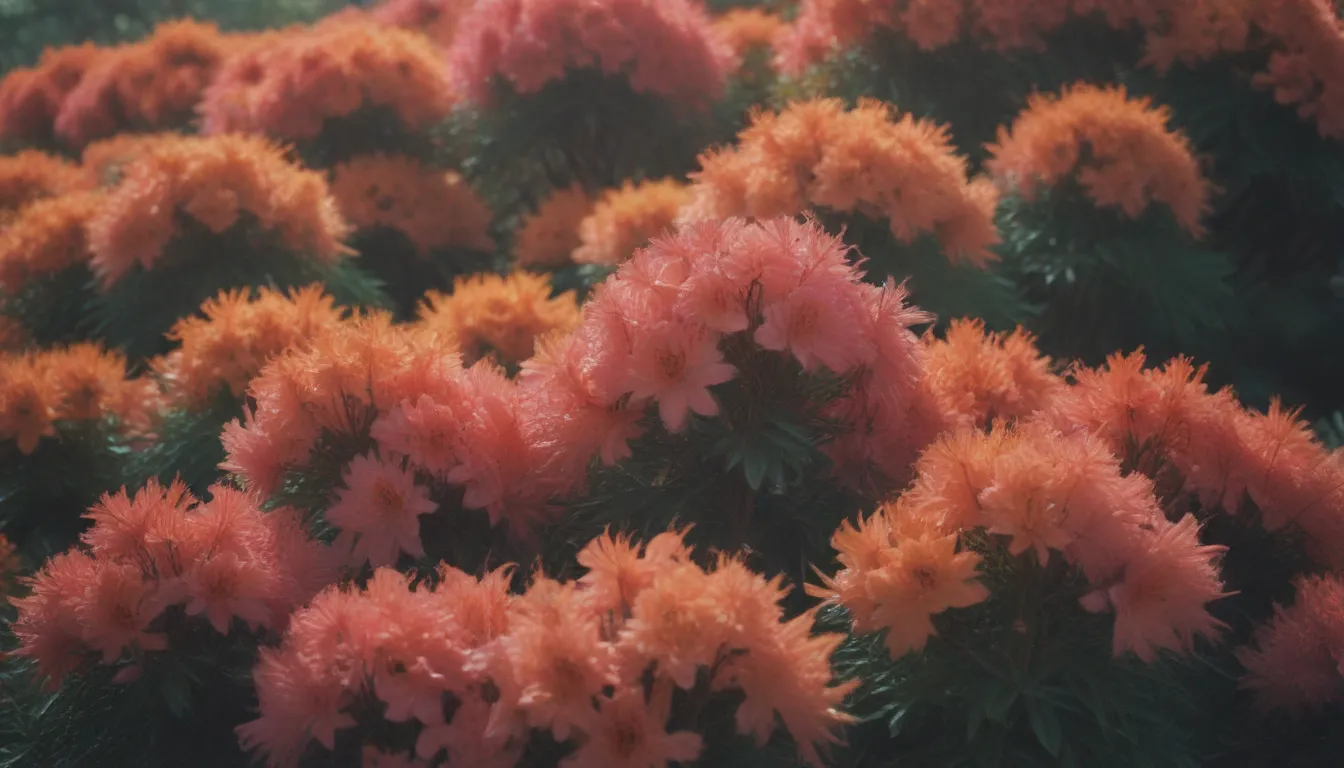
Flame azaleas are a breathtaking sight to behold with their stunning reddish-orange flowers that bloom each year. These native North American shrubs are a must-have for any garden enthusiast looking to add a pop of color to their landscape. In this comprehensive guide, we will discuss everything you need to know about growing and caring for flame azaleas to ensure they thrive in your garden.
Getting to Know Flame Azaleas
Flame azaleas, also known as Rhododendron calendulaceum, are known for their vibrant blooms and unique trumpet-shaped flowers. These plants thrive in full or partial sunlight and require well-draining, acidic soil to flourish. It’s essential to note that all parts of the flame azalea plant are toxic to humans and pets, so caution should be exercised when handling these shrubs.
Flame Azalea Care
To ensure your flame azaleas thrive and continue to produce their stunning blooms year after year, here are some essential care tips to keep in mind:
Light
Flame azaleas thrive in four to six hours of sunlight daily. While they prefer partial shade, they can tolerate full sun if the heat is moderate. In regions with scorching summers, it’s best to plant them in a spot that receives some shade during the hottest part of the day to prevent damage to the plant.
Soil
Like other azalea species, flame azaleas prefer acidic soil that is moist but well-draining. Avoid heavy clay soil that can lead to oversaturation and root rot. Ensure the soil pH is within the acidic range to promote healthy growth.
Water
Flame azaleas typically rely on rainfall for their water needs, but supplemental watering may be necessary during dry periods. Water the plants when the top two inches of soil feel dry to the touch to maintain optimal moisture levels.
Temperature and Humidity
Flame azaleas thrive in moderate-to-warm temperatures and average humidity levels. Extreme heat or cold can negatively affect the plant, so aim for temperatures between 60°F and 80°F during the growing season for the best results.
Fertilizer
If planted in nutrient-rich, acidic soil, flame azaleas may not require additional fertilizer. However, if the soil is deficient in nutrients or too alkaline, consider applying a well-balanced 15-15-15 fertilizer or a formula specifically designed for azalea shrubs after foliage appears in early spring.
Types of Flame Azalea
Flame azaleas come in various cultivars, each offering unique features and colors. Some popular varieties include:
- ‘Golden Sunset Flame’
- ‘Cherokee’
- ‘Calendulaceum Gold’
Pruning
While flame azaleas don’t require heavy pruning, periodic maintenance to shape the plant and remove dead or damaged branches is recommended. Prune the shrubs after flowering in the summer to encourage new growth and maintain a healthy appearance.
Propagating Flame Azalea
While most flame azaleas are commercially purchased as mature plants, you can also propagate them through layering or cuttings. Layering is a preferred method as it has a higher success rate compared to cuttings for deciduous shrubs like flame azaleas.
How to Grow Flame Azalea From Seed
Growing flame azaleas from seed can be a rewarding experience, but it requires patience as the plant takes a few years to mature and flower. You can purchase seeds commercially or collect them from existing shrubs to grow your flame azaleas from scratch.
Pests and Diseases
Like other azalea species, flame azaleas are susceptible to pests such as bark scale, lace bugs, and borers. Treat infestations with neem oil or other pest sprays and monitor for common diseases like powdery mildew, rust, and fungal leaf spot. Proper planting location and spacing can help prevent fungal diseases.
Encouraging Bloom in Flame Azaleas
The vibrant flowers of the flame azalea are a sight to behold, with their orange, red, or yellow trumpet-shaped blooms resembling flames. To promote blooming, ensure the plant’s basic care requirements are met, and enjoy the stunning display of flowers in late spring and early summer.
Bloom Months
Flame azaleas typically bloom in late spring and early summer, with peak months in May and June. However, flowering can occur as early as March or as late as July, depending on the climate and growing conditions. The shrub blooms for about two weeks each year.
After-Bloom Care
While deadheading is not necessary, you can remove spent flowers to tidy up the plant’s appearance. Avoid plucking off buds forming for the next year’s growth and prune the shrub after flowering to maintain its shape and health.
Common Problems and Solutions
Monitoring the health of your flame azaleas is essential to detect and address any issues promptly. Here are some common problems and solutions to keep your plants thriving:
Yellowing Leaves
Yellowing foliage indicates a potential iron deficiency known as chlorosis. Test the soil pH and address any alkalinity issues by amending the soil with sulfur or iron sulfate. Avoid aluminum sulfate, as it can harm azaleas.
Browning Leaves
If entire branches exhibit brown leaves during the growing season, the shrub may have been damaged by cold temperatures. Protect the plant from winter injuries by insulating the roots and reducing watering in late summer to slow growth.
In conclusion, flame azaleas are a beautiful addition to any garden, offering vibrant blooms and easy care requirements. By following the tips and guidelines outlined in this guide, you can successfully grow and nurture these colorful shrubs in your outdoor space. Embrace the beauty of flame azaleas and enjoy the stunning display of flowers they bring year after year. Happy gardening!
